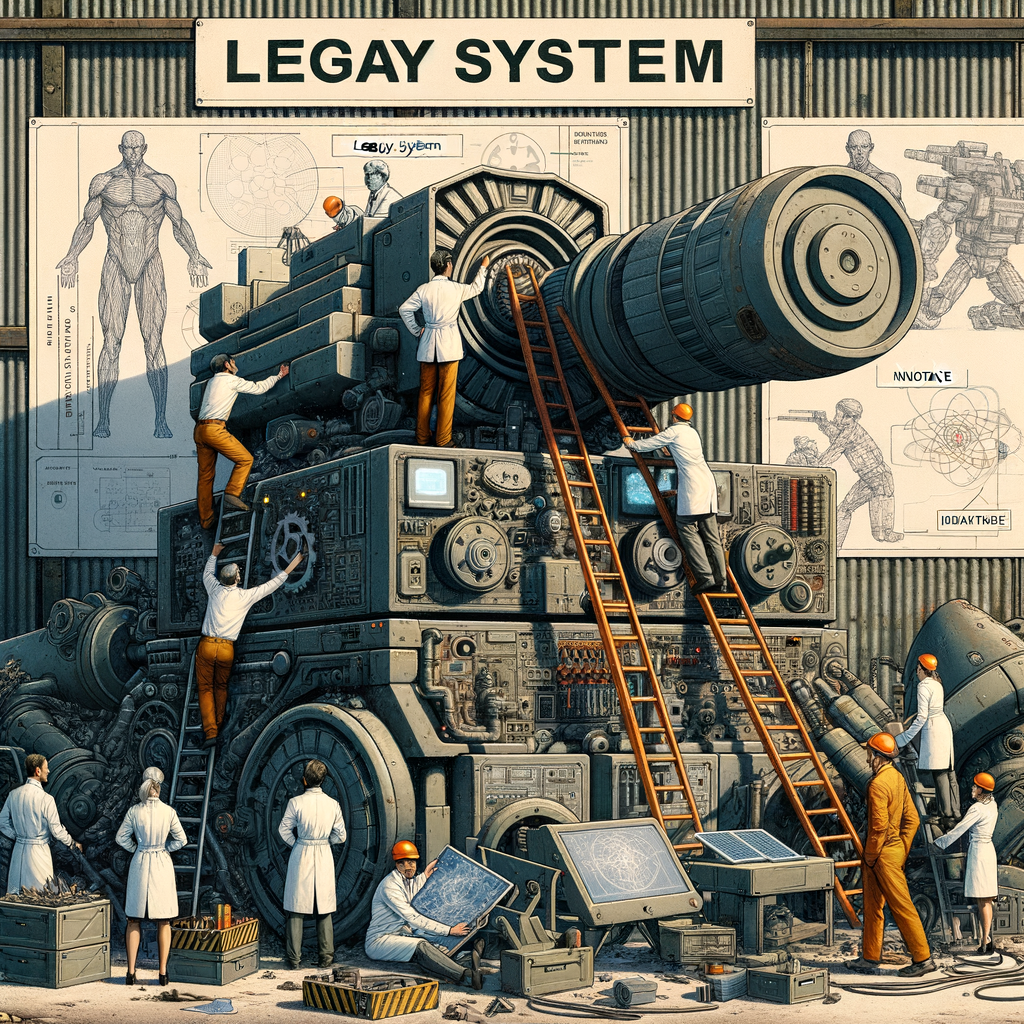
What’s the Biggest Challenge in the Defense Industry Right Now?
When it comes to the defense industry, we all know it’s a vast, complex, and ever-evolving landscape. With global tensions fluctuating, technological advancements moving at breakneck speed, and changing policies, one challenge continues to stand out: the modernization of legacy systems. Let’s dig deeper into this issue and explore how it’s shaping the future of defense.
If you’ve been around defense contractors, procurement teams, or even the warfighters themselves, you’ve probably heard mentions of “legacy systems” more times than you can count. But what exactly does it mean? And why is it such a hot topic right now?
When we talk about legacy systems, we’re referring to outdated software, hardware, or processes that have been in service for years, if not decades. While these systems may have been cutting-edge when they first rolled out, they often struggle to keep pace with modern threats and needs. Think about it: we’re in an era of cyber warfare, artificial intelligence (AI), drones, and autonomous vehicles. Can Cold War-era technology really meet the demands of today’s battlefield?
And, if we know these systems are outdated, why are we still relying on them?
Let’s tackle some of the common questions surrounding this challenge.
Why Are We Still Using Legacy Systems?
Great question! The reality is that legacy systems in defense are not easy to replace. There are several reasons for this:
1. Cost of replacement: Swapping out systems that have been integral to defense operations for years is not cheap. It’s not as simple as upgrading your personal laptop. We’re talking about billions of dollars to design, develop, and implement new defense systems.
2. Integration issues: Legacy systems are deeply embedded into the infrastructure of defense organizations. In many cases, newer technologies struggle to integrate seamlessly with these older systems, creating potential vulnerabilities or inefficiencies.
3. Risk aversion: In the defense world, failure is not an option. Proven legacy systems, despite being old, are trusted and understood. There’s a certain comfort in sticking with what works, especially when lives are at stake.
4. Regulatory and bureaucratic hurdles: The defense acquisition process is notoriously slow and complex. Some legacy systems remain in place simply because getting approval and funding for new systems can take years to materialize.
So, while it might seem like a no-brainer to swap out these outdated systems, the road to modernization is full of obstacles.
But Isn’t Technology Advancing Too Fast Not to Upgrade?
Absolutely, and that’s part of the issue. The pace of technological change is both a blessing and a curse for the defense industry. Here are some key considerations:
- Cybersecurity threats: Legacy systems are particularly vulnerable to cyberattacks. Many of these systems were never designed with modern cyber threats in mind. As cyber warfare becomes more prominent, the need to upgrade to more secure systems is critical.
- AI and autonomous warfare: New technologies like AI and autonomous systems are transforming modern warfare. Legacy platforms simply can’t leverage these technologies to their full potential. Imagine deploying a 1980s-era radar system to track modern autonomous drones—it’s like trying to catch lightning in a jar.
- Data overload: The amount of data being collected on the battlefield today is staggering. Modern systems are designed to process this data in real time, providing actionable intelligence to warfighters. Legacy systems? Not so much. They often bog down under the weight of today’s information-rich environment.
In short, not upgrading is a liability, but as we mentioned earlier, it’s not something that can happen overnight.
What Are Some Examples of Legacy Systems Still in Use Today?
Let’s look at a few examples of legacy systems that are still in widespread use:
- B-52 Stratofortress: This long-range bomber has been in service since the 1950s! While it’s been upgraded over the years, this aircraft is a prime example of a legacy system still playing a critical role. The B-52 is expected to continue flying for decades, but it’s not exactly cutting-edge tech anymore.
- Minuteman III ICBMs: The U.S. nuclear deterrent still relies on these intercontinental ballistic missiles, which were first deployed in the 1970s. While modernization efforts are underway, the Minuteman III is a legacy platform being asked to provide security in a very different world than the one in which it was conceived.
- Radar systems: Many of the radar systems used by the military were developed years ago and can struggle to detect advanced stealth technologies or fast-moving targets. These systems are getting upgrades, but they’re still operating on a framework built for a different era.
These examples are just the tip of the iceberg. Across the defense sector, there are countless platforms, systems, and processes that are running on fumes and in need of modernization.
What’s Being Done to Modernize Legacy Systems?
Thankfully, the defense industry isn’t